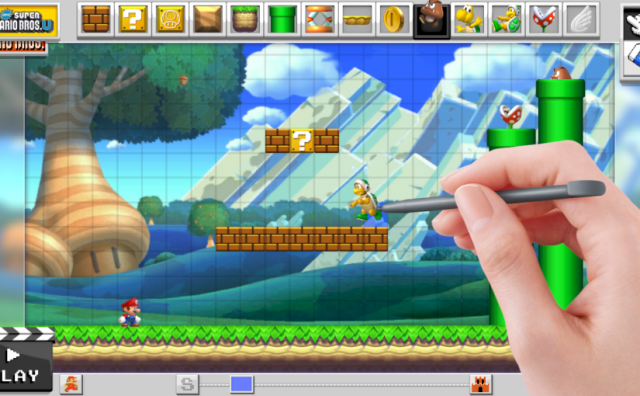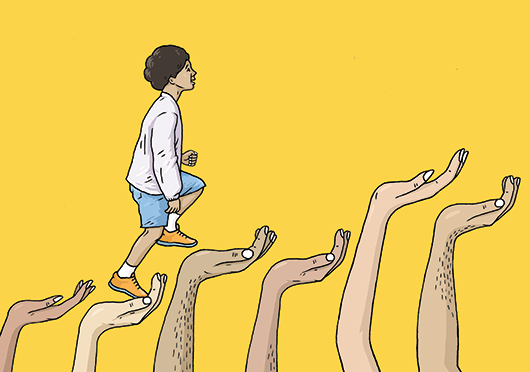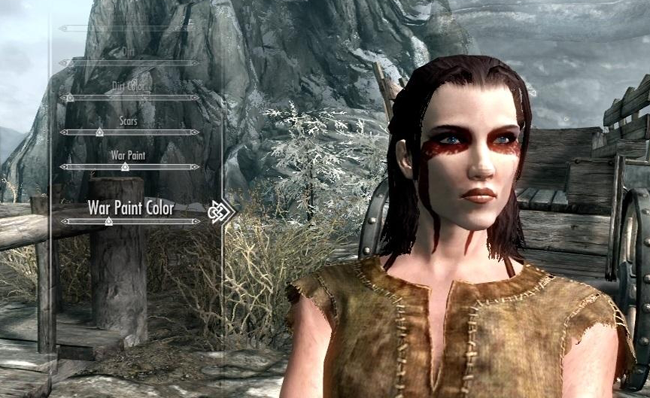As a mother, a gamer, and a change agent I am starting to find myself more and more in the position of having to explain why we don’t do certain things that other people do. When my daughter was an infant I made the decision that Disney princesses would not be a thing in our house. I don’t like the way Disney portrays women through it’s princesses. Often weak, usually white, and always waiting for a man to do something that she should be doing for her damned self. That was something that I didn’t want to expose my young daughter to. She was going to come up against enough forces that tried to push her into the role of a “proper young lady” as she got older so why should I add to that from the very beginning? It was my job to protect her from that.
And the same went for Barbie dolls. Even though it was pretty clear that my daughter was going to be blond haired and blue eyed I didn’t want to impress onto her that her beauty was the only acceptable beauty standard. I wanted to make sure that she understood that true beauty came from the inside and that even physical attractiveness came in different sizes, heights, skin tones, and hair colors. I wanted her to understand that dreadlocks and long blond locks were equally beautiful. As a side note, she is just as excited as I am that Mattel is finally re-doing the Barbie line to include dolls of various shapes and sizes, skin tones, and hair types. No more Caucasian Barbies painted brown.
And while these were two huge parts of “American girlhood” they went over fairly easily. At about the age of 3 or 4 she started explaining to shocked store clerks and the parents of her little friends that we just didn’t “do Disney or Barbie” in our house and that she would rather have something else. That was about the time that I started to slowly explain to her the real reasons that we didn’t do those things and she was completely on board. We made the decision together that we would start to watch some of the princess movies together as she got older and we could talk about why the films could be so problematic. Ironically we started with Snow White and the Seven Dwarves and I was prepared to have long conversations about the fact that step parents were not actually out to kill their step children and that women didn’t need to be rescued by men (dwarves or princes), and that consent was a thing that existed even when you are asleep. Ironically it was early in the film that she looked to me and asked if all of the girls in the princess movies were silly enough to run from danger screaming and falling and waiting for “some prince” to save them when they should really be doing it for themselves. It was at that moment that I knew that we were probably going to be ok. (We still haven’t watched Beauty and the Beast, but I don’t know if I will ever be ready for that.)
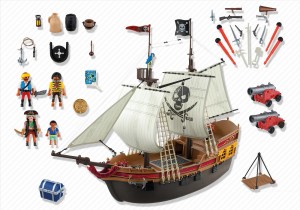 This comes up in my mind because we had a conversation about Playmobil toy line yesterday. While cleaning up I found a couple of her Playmobil figures under the couch and she asked if she was still allowed to play with them. When I asked her why she thought she couldn’t she said that she thought that she remembered that I said that she wasn’t allowed to anymore. So we had to have a little talk. Let me give you a little background. Last year Playmobil made news because their new pirate ship included a little brown man in shackles. Yes, a slave. The pirate ship was more of a slave ship because every parent wants their 3 year old playing with people as chattel. Slavery and racism are difficult issues for all children to understand. Even more difficult when you are a Black mother attempting to explain them to a White child (or a White child of a Black mother trying to understand them). In her mind it is completely non-sensical that people can’t just accept all people for who they are (Black, White, gay, straight, trans, et al.) (And yes, we started having conversations about transgender folks early thanks to the wonderful book My Princess Boy by Cheryl Kilodavis).
This comes up in my mind because we had a conversation about Playmobil toy line yesterday. While cleaning up I found a couple of her Playmobil figures under the couch and she asked if she was still allowed to play with them. When I asked her why she thought she couldn’t she said that she thought that she remembered that I said that she wasn’t allowed to anymore. So we had to have a little talk. Let me give you a little background. Last year Playmobil made news because their new pirate ship included a little brown man in shackles. Yes, a slave. The pirate ship was more of a slave ship because every parent wants their 3 year old playing with people as chattel. Slavery and racism are difficult issues for all children to understand. Even more difficult when you are a Black mother attempting to explain them to a White child (or a White child of a Black mother trying to understand them). In her mind it is completely non-sensical that people can’t just accept all people for who they are (Black, White, gay, straight, trans, et al.) (And yes, we started having conversations about transgender folks early thanks to the wonderful book My Princess Boy by Cheryl Kilodavis). 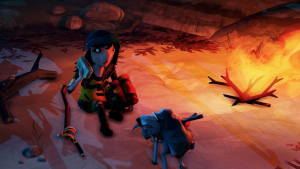
I’m telling you these stories because I think that it really speaks to the way that my daughter and I approach women and girls in the games that we play. When we play together we specifically look for games that offer us strong female characters who have agency. As I mentioned on our recent podcast with Gwen Frey from The Molasses Flood, she was super excited to play and watch The Flame in the Flood because the main protagonist was a girl, but that she had vehemently poo-poo’ed Don’t Starve because the default character was male (it didn’t matter that she could change it because the marketing ruined it for her). We’re not huge fans of scantily clad characters and we often sit down and talk about what more appropriate attire might be in that situation. We like female characters that go out to do their own thing independent of any male characters (especially any of the dreaded male love interests, though she may outgrow that aversion at some point). But most importantly we like games that allow us to be ourselves. Sometimes we make characters that look like ourselves, each other, or someone that we just make up, but most importantly we like having that choice.
I like to think that the media choices that I have made as a parent and the fact that I have been open with talking about these choices with my daughter and giving her the opportunity to weigh in on them has given her a good foundation for standing up for what she sees as right and given her some agency in making some choices about her own media choices now and in the future. Here’s to giving her the chance to embrace her own inner social justice warrior.
(Edited to add: The Plymobil Slave Pirate Ship has since been re-released sans slave)

